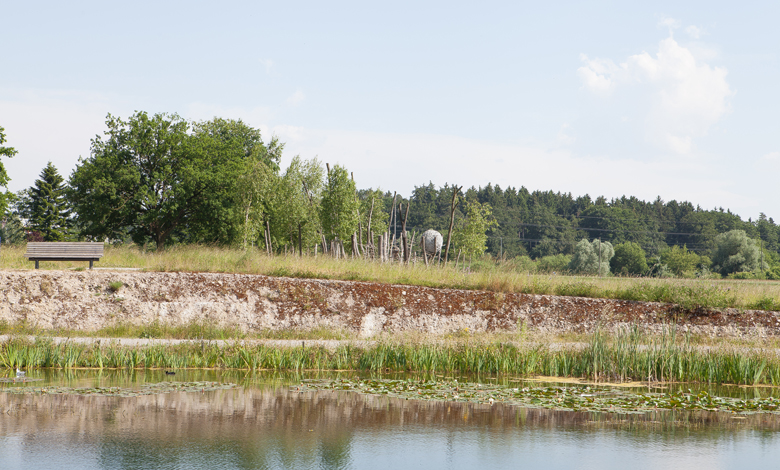Landscapes often contain and are subject to natural processes that change the designer’s original plan. There are also landscape designers who intentionally seek to obscure the human act of design. These concerns deepened with the development of modern landscape architecture in the twentieth century. Borrowing many of its tenets from modern architecture, which distrusted allusion and stressed honesty of expression and truth of materials, modern landscape architects considered how their work could be a true evocation of modern times. This thinking is evident in the writing by one of its earliest proponents, Christopher Tunnard. For Tunnard, gardens and landscapes that appeared to be the act of natural processes were not only old fashioned, but also deceiving. In his appraisal of the work of Swedish Garden Architects at the First International Congress of Garden Architects in Paris in 1937, he chided this Association for clinging to a romantic conception of nature when they suggested that planting should ‘give the impression that they have grown there spontaneously’. Tunnard cautioned, ‘the imitation of nature is a long perpetuated fraud’.
also see: Messy Ecosystems

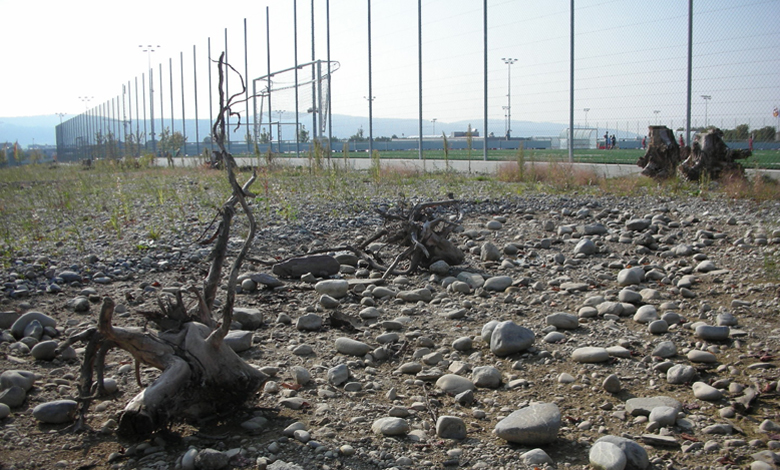
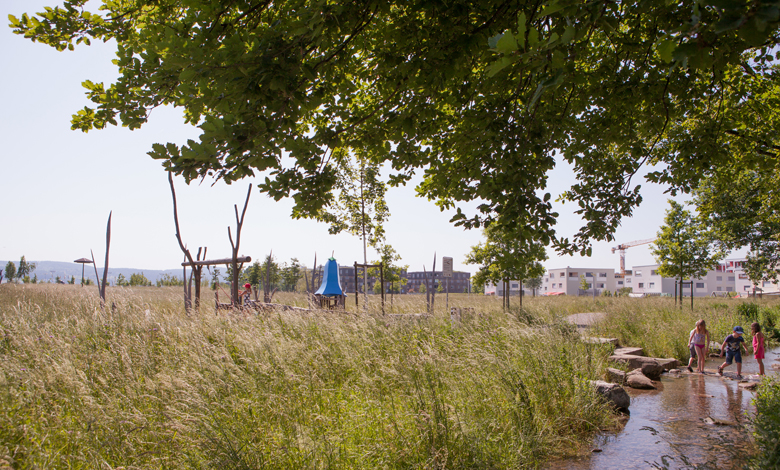
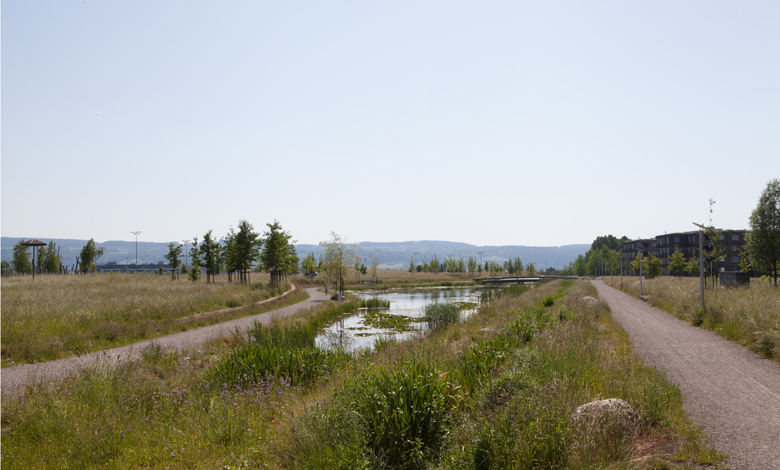
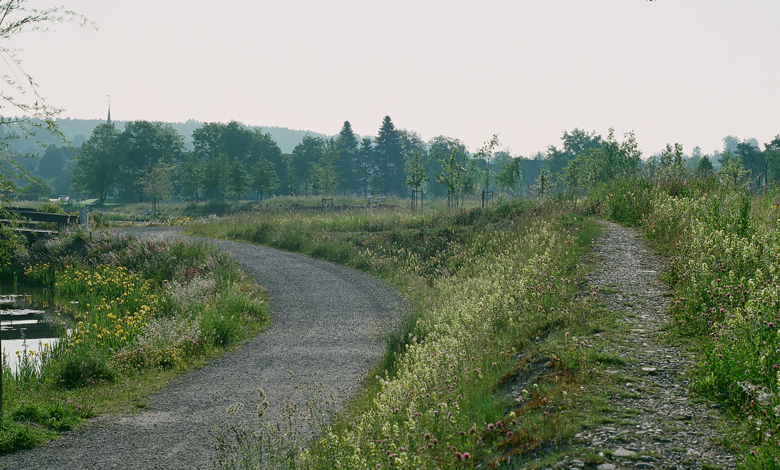
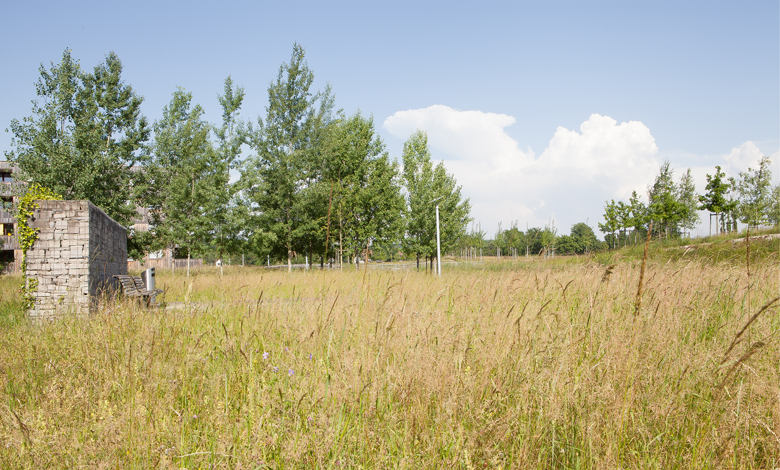
ASP Landscape Architects, VolketswilGriespark (2009)
